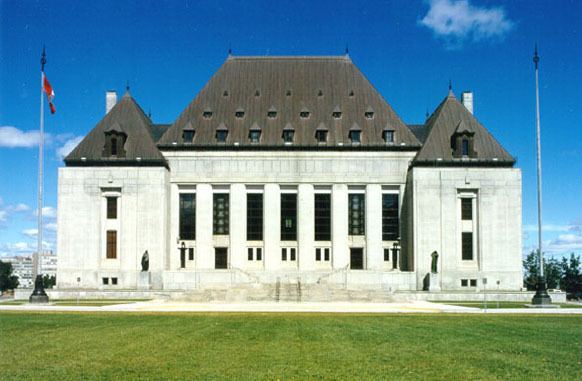Citations [1999] 2 S.C.R. 534 Ruling Appeal dismissed Docket number 26,013 | Docket No. 26013 Unanimous reasons by McLachlin J. | |
 | ||
Full case name The Children’s Foundation, the Superintendent of Family and Child Services in the Province of British Columbia and Her Majesty The Queen in Right of the Province of British Columbia as represented by the Ministry of Social Services and Housing v. Patrick Allan Bazley Similar Mattis v Pollock, Morris v CW Martin & Sons Ltd, Rose v Plenty, Miller v Jackson, Childs v Desormeaux | ||
Bazley v Curry [1999] 2 SCR 534 is a Supreme Court of Canada decision on the topic of vicarious liability where the Court held that a non-profit organization may be held vicariously liable in tort law for sexual misconduct by one of its employees. The decision has widely influenced jurisprudence on vicarious liability outside of Canada.
Contents
Facts
The Children's Foundation is a provincially funded, non-profit organization which operated two residential care facilities for children aged six to twelve. In April 1966, the foundation employed Leslie Charles Curry to work in its Vancouver home, where he was hired as a childcare counsellor practising "total intervention" in the lives of the children he was caring for. He worked there until March 1980, when the Foundation received a complaint. They investigated and discovered that Curry was in fact a paedophile and had been abusing the children under his care. In 1990 he was charged with 18 counts of gross indecency and two counts of buggery, and was convicted on all but one count, two of those convictions were in relation to the respondent in this case, Patrick Allen Bazley. Curry died not long thereafter. In this case, Bazley sought damages from The Children's Foundation, alleging that they are vicariously liable for the misconduct of its employee.
The main issue in this appeal was whether or not the Children's Foundation should be held vicariously liable for the actions of its employee. There were two questions before the court: May employers be held vicariously liable for sexual assaults on clients or persons within their care?; If so, should non-profit organizations be exempted from liability as a matter of policy?
Judgment
The Supreme Court was cautious to allow vicarious liability to be attached to a non-profit organization. Justice McLachlin (as she then was) points out that vicarious liability is a form of strict liability, or no-fault liability. The court was very openly concerned with policy in this decision as vicarious liability can be used by litigants to "sue into deeper pockets" even though they may be suing an employer who is not at fault. McLachlin surveyed a number of possible policy reasons for the imposition of vicarious liability, and adopted two of J. G. Fleming's policy rationales:
Test for vicarious liability
In determining if an employer can be found vicariously liable, the courts will often use the Salmond test, which will find an employer liable for the actions of an employee which are:
The Supreme Court here seems to express frustration at this test. It is possible to view Curry's actions either completely independently, or as a mode of performing an authorized act. The Salmond test does not give clear criterion for how differentiate these two. As such, the court clarified the test, saying that the court should consider:
The court went on to explain that vicarious liability is generally appropriate where there is a significant connection between the creation or enhancement of risk and the wrong that flows from the risk. It will not be enough that the wrong took place on company property or through incidental connections.
In this case, because Curry was left alone for long periods of time unsupervised with his victims, was expected to bathe them and was placed by the foundation in a position of power over them, it can be said that there was a strong connection between what the employer was asking the employee to do and the wrongful act committed. The foundation significantly increased the risk of harm, and as such, should be found vicariously liable for Mr.Curry's actions.
Exception for non-profits?
The Foundation made three arguments that as a non-profit it should not be found vicariously liable
McLachlin dismissed these arguments as "crass and unsubstantiated utilitarianism" and pointed out:
The appeal was dismissed and the matter was sent back to trial to determine costs.
